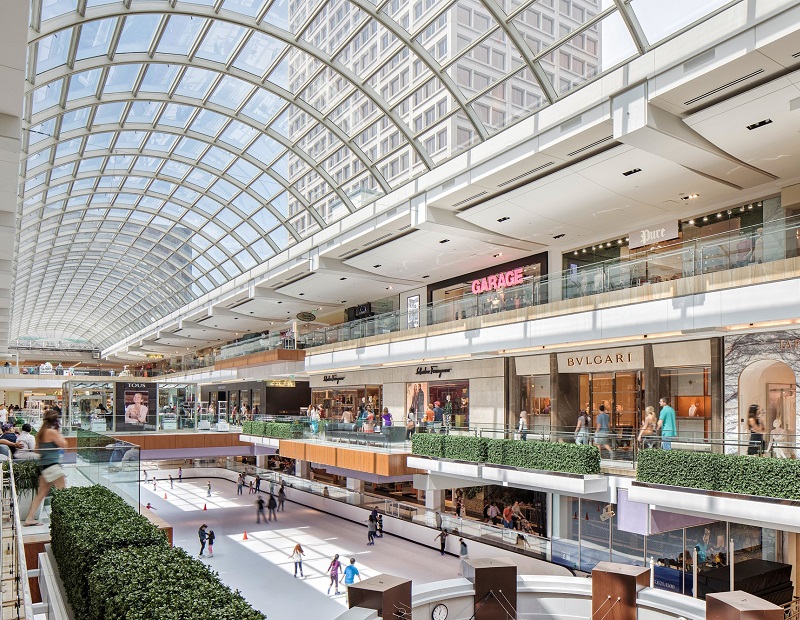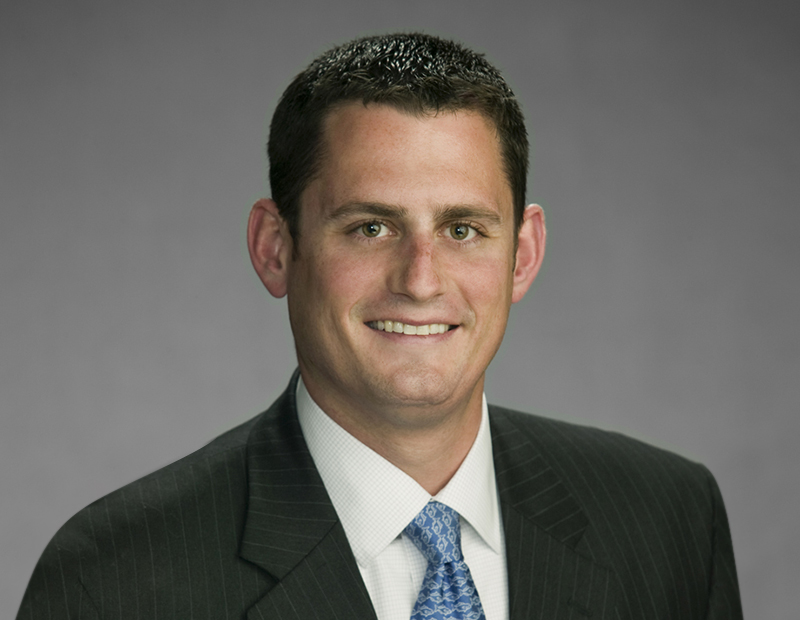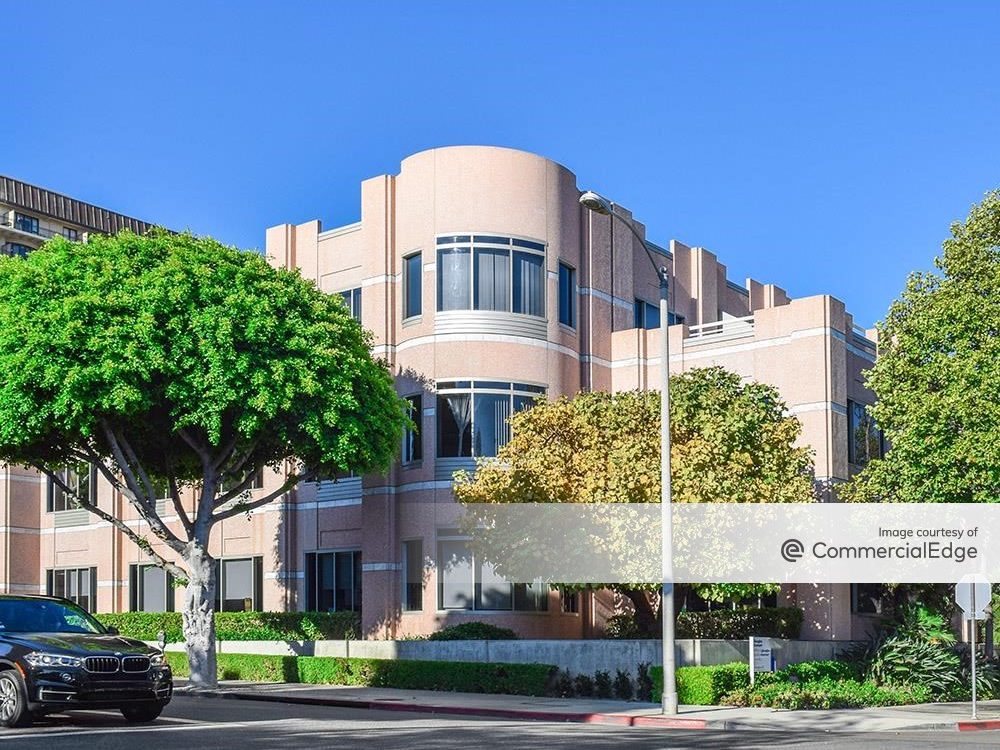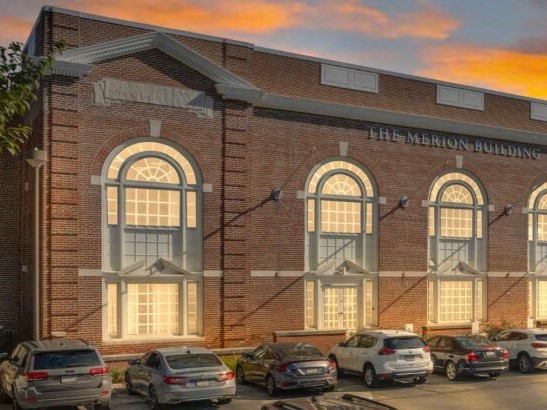Redeveloping Malls: An $8B Trend
A recent study by JLL shows that mall owners are investing billions in renovating their assets to meet the needs of the modern consumer. While these projects come with risks, the report makes a case for their rewards.
By Alexandra Pacurar
Examining 90 major malls across the country, a new JLL report found that the majority have undergone a makeover, including at least common area improvements, rebranding or tenant upgrades over the last three years. Other malls have gone further, adding new uses, design elements or expansions to entice shoppers, especially Millennials looking for a 21st-century retail experience. In total, these malls have undergone more than $8 billion in renovations since 2014.
“There are always risks associated with such large investments, but those are undoubtedly necessary in order to keep up with the evolution that the retail industry is experiencing,” Taylor Coyne, senior retail research analyst for JLL & author of the report, told Commercial Property Executive. “The millions being invested into these malls are a response to an older image of the mall that consumers no longer want to shop in or spend as much time in as they did in the past.”
Specialists say financing redevelopment projects for retail properties won’t be a more difficult task than investing in similar interventions for other property types.
“This obviously depends on location, but financing malls in general is very challenging right now. However, if you have the right tenant mix, a good business plan moving forward and a vision for the mall, there is definitely liquidity in the market for financing them,” Jimmy Board, managing director of JLL Capital Markets, told CPE.
Food & beverage frenzy
A mall partially owes its success to the quality of the neighborhood in which it’s located. While there is not much a mall owner can do about the location of its assets, improving aesthetics and the tenant roster can add value. The report shows that 41 percent of malls added food and beverage (F&B) options, and more than half of those also added entertainment offerings. Today, this is the most popular upgrade among retail centers. The total area dedicated to F&B is expected to grow to 20 percent of the gross leasable area, up from only 9 percent today and 5 percent a decade ago.
Another prevalent feature of mall transformations (30 percent) is the addition of non-retail uses, including call centers, schools, distribution centers and/or medical facilities.
“Mall owners are not only renovating to elevate the retail experience, but are also thinking strategically about the future viability of these properties by adding in residential units, hotels and office space to create a property with diverse uses”, Coyne added. Multifamily is the most common option, with roughly 41 percent of mall properties adding new uses choosing to build apartments to boost value and appeal.
Finding the niche
Another strategy involves approaching a niche, such as Millennials, luxury seekers or those who want to shop local brands. One-third of malls changed their tenant mix to attract shoppers, with most adding fitness or fast-fashion retailers. After it was renovated, Copley Place in Boston was marketed as a luxury destination, offering retailers such as Jimmy Choo, Versace and Louis Vuitton. Galleria VI in Houston added 35 new stores and restaurants to a former Saks Fifth Avenue space, following a $300 million renovation that also included a rebranding. Most of the new retailers are luxury and luxury-lite, the report shows. The mall was previously named Galleria Houston.
Medical centers and call centers are also a popular option when it comes to spicing up the tenant mix. At the West Oaks Mall in Orlando, Fla., a Xerox call center took 144,000 square feet of former Sears space, while Bed Bath & Beyond will reformat 35,000 square feet into its own call center, according to JLL.
In 2014, Richland Mall in Mansfield, Ohio, converted a former F&R Lazarus & Co. department store into an Avita medical center. Two years later, Avita announced further expansion of the center. The company noticed an increase of up to 10 percent in mall traffic, according to an article in the Mansfield News Journal.
Building a community
One-fifth of malls are dedicating space to the community, including open green spaces and kid-friendly play areas, according to the report. Some properties are shedding their roofs and creating open spaces to encourage social interaction in an era of technology, virtual reality and social media. The sense of community is also addressed through rebranding campaigns. Close to 20 percent of retail centers removed the word “mall” from their name, the JLL report shows. Owners prefer words like “shoppes,” “towne center” and “village” for their sense of a smaller, more intimate community.
When none of these strategies are found appealing to owners, there is always the option to demolish and rebuild. Still, this does not indicate the mall’s extinction.
“Despite those trends shifting how we buy certain goods, the brick-and-mortar spaces will not become obsolete despite the growing number of apocalyptic headlines,” Coyne said. “E-commerce will impact retail sectors differently, with some retailers more poised for online penetration, but consumers still want retail experiences and there’s no better time for malls to capitalize on that sentiment and cultivate environments with retailers and brands that are geared to provide tailored experiences for the modern shopper,” Coyne said.
Images courtesy of JLL and Simon Property Group










You must be logged in to post a comment.